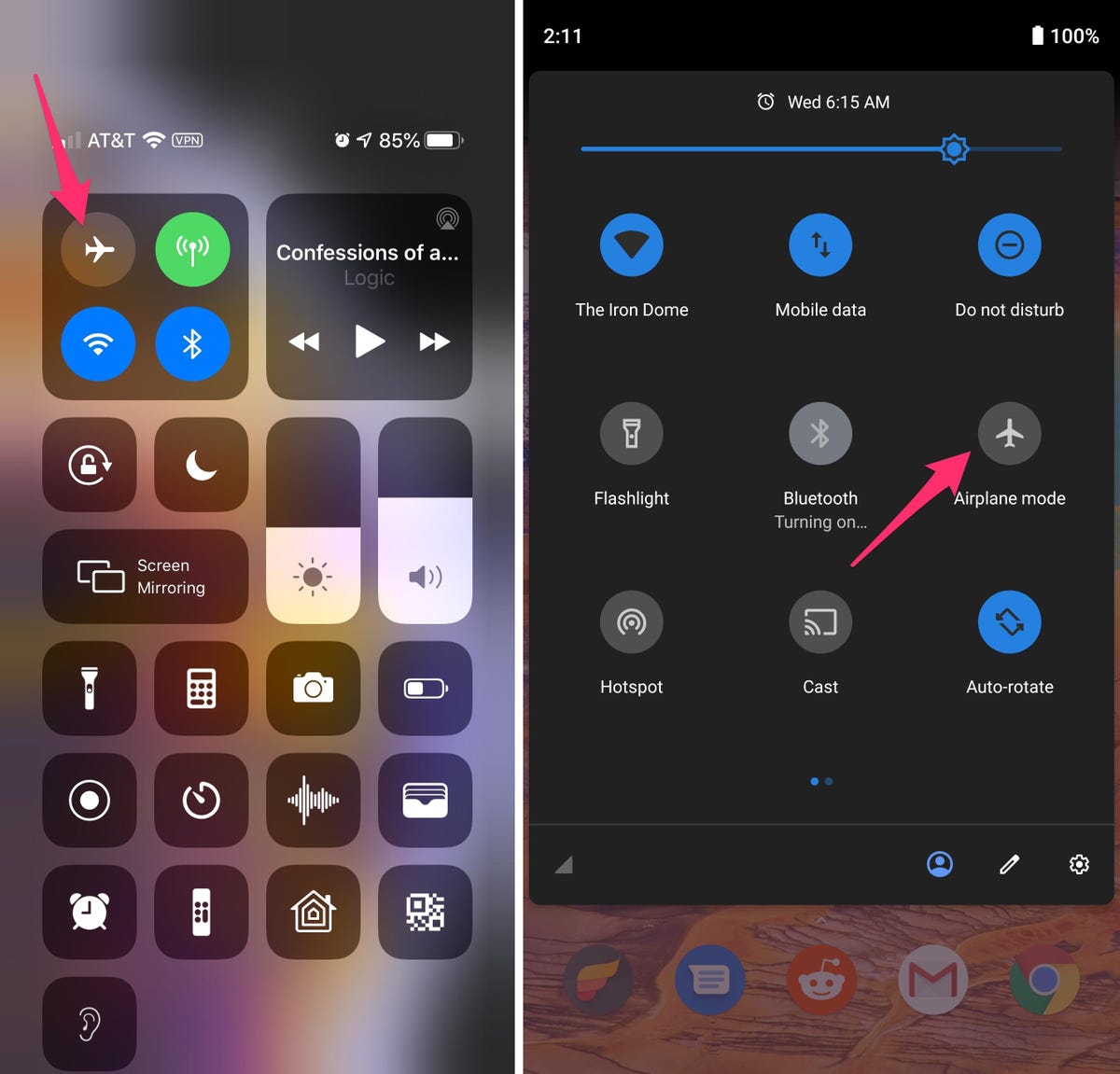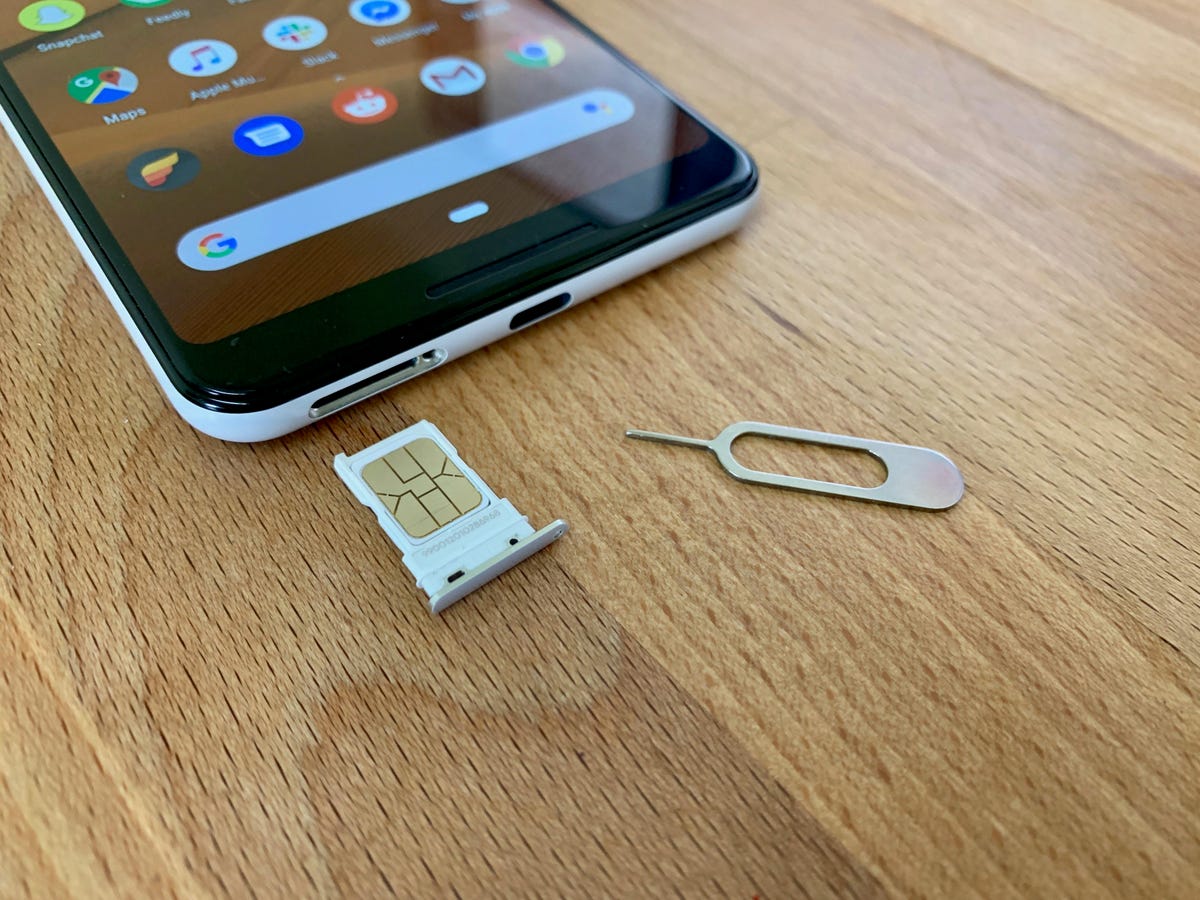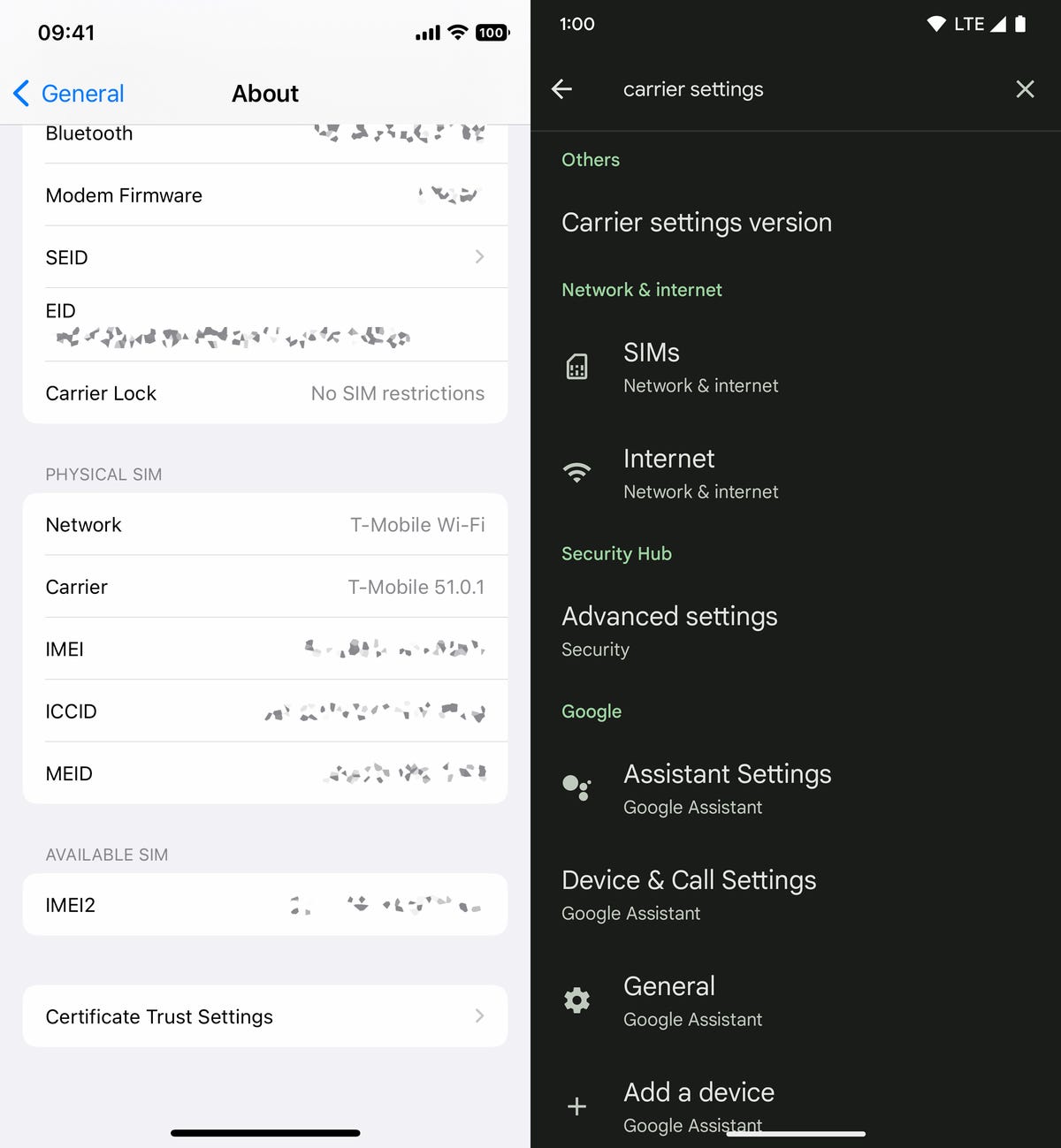Need better cell phone reception try these 10 tips to boost self esteem need better cell phone reception try these 10 tips to stay need better cell phone reception try these 10 tips for playing need better cell phone reception try these 10 tips for an interview need better cell phone reception try these sleeping need better cell phone reception try guys need better cell phone reception tryon companies that need better marketing i need better friends

Need Better Cell Phone Reception? Try These 10 Tips to Boost Your Weak Signal
No matter how connected we all are, service disruptions, bad weather and remote locations can all lead to weak or no cell phone signal. That's not good if you need to get directions in the middle of nowhere or make a call from your dead-zone apartment -- but there are several tips and tricks you can use to improve your cell phone signal.
The tried-and-true approach of turning on Airplane mode, waiting a few seconds, and then cycling it off can definitely help with reception, but it doesn't always work. When it doesn't, you need to take more drastic steps, like removing your SIM card or resetting your network settings.
Don't miss: Working From Home? Try These Tips for Better, Faster Wi-Fi
Before you get to that point, I want to offer the best troubleshooting steps you can take to get your phone working at peak performance.
Note: Although software across different iPhone models is relatively the same, Samsung Galaxy, Google Pixel and other Android devices may have different software versions, and so certain settings and where they are located might differ from device to device.
Before you mess with your phone's settings, try these steps first
The settings on your phone can help you get better cell service, but there are other tricks for improving your reception without even touching your phone's software.
- Move yourself so that there are no obstructions between your phone and any cell towers outside. That might involve stepping away from metal objects or concrete walls, which both kill reception. Instead, get to a window or go outside if possible.
- Remove your phone case. It doesn't hurt to remove whatever case you have on your phone, especially if it's thick, so that the phone's antenna isn't blocked by anything and can get a better signal.
- Make sure your phone is charged. Searching for and connecting to a stronger signal drains power, so if your phone battery is already low on charge, you may have a difficult time getting good service.

Some phone cases cause more cell signal disruption than others.
David Carnoy/CNETAlways start by toggling Airplane mode on and off
Turning your phone's connection off and then back on is the quickest and easiest way to try and fix your signal woes. If you're moving around from one location to another, toggling Airplane mode restarts the Wi-Fi, Bluetooth and cellular network modems, which forces them to find the best signal in the area.
Android: Swipe down from the top of your screen -- to access the Quick Settings panel -- and then tap the Airplane mode icon. Wait for your phone to completely disconnect from its Wi-Fi and cellular connections. It doesn't happen instantly, so give it a good 15 seconds before you tap on the Airplane mode icon again.
iPhone: On the iPhone, you can access Airplane mode from the Control Center, but that varies depending on which iPhone model you have. On the iPhone X and later, swipe down from the top-right corner to access the Control Center. On older iPhone models, swipe up from the bottom of the screen. Then tap the Airplane mode icon, which will turn orange when it's enabled. Again, wait up to 15 seconds before turning it off.

Left: Toggle Airplane mode on your iPhone. Right: The Airplane mode toggle on an Android.
Screenshots by Jason Cipriani/CNETIf that doesn't work, restart your phone
Our phones are miniature computers, and just like computers, sometimes you can fix issues like network connection by simply restarting them.
Android: Hold down the power button, or the power button and the volume down key (depending on your Android phone), until the on-screen menu shows up, and then tap Restart. If your phone doesn't offer a restart option, you can simply tap Power Off to shut down your device, and then boot it back up with the power button.
iPhone: On the iPhone X and older models, hold down the sleep/wake button and either one of the volume buttons and then swipe right on the power slider to turn off the device. Wait until it fully turns off, then press down on the sleep/wake button to turn it back on.
Alternatively, you can do a force reset on your iPhone: Press the volume up button, followed by the volume down button and then press and hold the side button. Keep holding it in, after your phone's screen goes black and until you see the Apple logo appear again.
If your iPhone has a home button, hold down the sleep/wake button until the power slider is displayed and then drag the slider to the right. Once the device is turned off, press and hold the sleep/wake button until you see the Apple logo.

Left: Restarting an Android phone. Right: Powering off an iPhone.
Screenshots by Jason Cipriani/CNETTake your SIM card out for a bit
Another troubleshooting step that might help is to remove your SIM card and then place it back in your phone with the phone turned on. If the SIM card is dirty, clean it. If it has any physical defects, you may need to replace it.
You'll need a SIM card tool -- usually included in your phone's box -- or an unfolded paper clip or sewing needle to get the SIM tray out of your phone.
All phones: Remove the SIM card, check to see if it's damaged and positioned in the SIM tray correctly, then put it back in your phone.
eSIM: For phones with an eSIM -- that is, an embedded electronic SIM in your phone -- there's nothing for you to remove. The best you can do is restart your phone.

Removing and putting your SIM card back into your phone takes just a couple of seconds.
Jason Cipriani/CNETCheck carrier settings (and update software if available)
Mobile carriers frequently send out carrier settings updates to help improve connectivity for calls, data and messages on their network. Although this feature is available on all iPhone models, it's not universal on Android, so you might not find carrier settings if you don't have a supported phone.
iPhone: Carrier updates should just appear, and you can update from the pop-up message that appears. To force your iPhone to check for a carrier settings update, go to Settings > General > About on your phone. If an update is available, you'll be prompted to install it.
Android: As mentioned before, not all Android phones have carrier settings, so you'll have to open the Settings app and type in "carrier settings" to find any possible updates. On supported Pixels, go to Settings > Network & internet > Internet, tap the gear next to your carrier name and then tap Carrier settings versions.

Left: iOS carrier settings. Right: Android carrier settings version
Nelson Aguilar/CNETReset your network settings
Sometimes all you need is a clean slate to fix an annoying connectivity issue. Refreshing your phone's network settings is one way to do that. But be forewarned, resetting your network settings will also reset any saved Wi-Fi passwords, VPN connections and custom APN settings for those on carriers that require additional setup.
Android: In the Settings app, search for "reset" or more specifically "reset network settings" and tap on the setting. On the Pixel 6 Pro running Android 13, the setting is called Reset Wi-Fi, mobile & Bluetooth. After you reset your network settings, remember to reconnect your phone to your home and work Wi-Fi networks.
iPhone: Go to Settings > Transfer or Reset iPhone > Reset > Reset Network settings. The next page will warn you that resetting your network settings will reset your settings for Wi-Fi, mobile data and Bluetooth. Tap Reset Network Settings and your phone will restart.

Resetting network settings should be one of the last troubleshooting steps you try.
Nelson Aguilar/CNETContact your carrier
Sometimes unexpected signal issues can be traced back to problems with your wireless carrier. A cell tower could be down, or the tower's fiber optic cable could have been cut, causing an outage.
For consistent problems connecting to or staying connected to a cellular or data network, it's possible your carrier's coverage doesn't extend well into your neighborhood. To help, some carriers will offer a network extender -- a device that acts as a small wireless tower that relies on your internet connection, such as AT&T's MicroCell or T-Mobile's Personal CellSpot.
Other times, a newfound signal issue can be due to a defect with your phone or a SIM card that's gone bad. Contacting your carrier to begin troubleshooting after you've tried these fixes is the next best step to resolving your spotty signal.

Sometimes contacting your carrier is the only way to get signal issues resolved.
Angela Lang/CNETIf all else fails, try a signal booster
If after going through all of our troubleshooting steps, including talking to your carrier to go over your options, you're still struggling to keep a good signal -- try a booster. A signal booster receives the same cellular signal your carrier uses, then amplifies it just enough to provide coverage in a room or your entire house.
The big downside here is the cost. Wilson has three different boosters designed for home use, ranging in price from $349 for single room coverage to $999 to cover your entire home. To be clear, we haven't specifically tested these models. Wilson offers a 30-day money back guarantee and a two-year warranty should you have any trouble with its products.
With your signal issues resolved, using your phone as a mobile hotspot for a backup connection is easy, but there are some things you need to know. If you're looking for iPhone-specific tips and tricks, check out our guide to hidden features on iOS 15. And for Android fans, we have some hidden features for Android 12 as well.
Source
Blog Archive
-
▼
2022
(148)
-
▼
December
(35)
- Hackers Threaten To Release Symantec Source Code T...
- 9 Great Reads From CNET This Week: Tech Fails, NFT...
- What Is Shrinkflation And What Does It Mean For Yo...
- 3 Spotify Audio Settings That All 188 Million Subs...
- Huawei Nova Review: Huawei Hopes Nova And Nova Plu...
- FEMA Grants, SBA Loans: How To Get Government Help...
- Don't Pull A Rudy Giuliani: Prevent Butt-dialing W...
- Peloton Guide Review: Turn Any TV Into A Guided St...
- Facebook To Meta: A New Name But The Same Old Prob...
- LG Gram 16 2-in-1 (2022) Review: Light, Long Batte...
- Best MacBook For 2022
- 'Thor: Love And Thunder' New Trailer Exposes Chris...
- See A Great White Shark Nibble A Cape Cod Research...
- Nvidia GeForce Now Replaces Founders Subscription ...
- IPhone Won't Get Under-Display Face ID, Camera Unt...
- 2021 Kia Seltos Debuts At LA Auto Show, On Sale Q1...
- Infant Formula Inquiry Launched By FTC
- Keep Your Home Spotless With The Hoover CleanSlate...
- 3 Upgrades Apple Gave The IPhone SE In 2022
- Instagram Promotes Pro-Eating Disorder Content To ...
- 2023 GMC Canyon Is A Mean Off-Road Machine
- 2023 Honda CR-V Hybrid Has Sharper Looks, More Ref...
- The Best Sci-Fi TV Shows On HBO Max
- Would You Spend $10K On NFT Stick Figures? Lots Of...
- Need Better Cell Phone Reception? Try These 10 Tip...
- Sci-fi Screenwriter Gary Whitta Wants Kids To Poop...
- Sonos' Next Speaker Could Be Its 'Best-Sounding' Y...
- Netflix Launches First Mobile Games For Android Gl...
- Samsung's Next Metaverse Move Is A Roblox Game
- Amazon Delivery Drivers Risk Write-ups And Injurie...
- Yes, You Can Use Windows Software On A Chromebook
- Huawei Exceeds 200 Million Smartphone Shipments, S...
- NHTSA Has Phantom Braking Questions For Tesla, Ask...
- The Simpsons At 30: One Big Mistake Cost The Show ...
- Anker Nebula Capsule Pico Projector Review: Phosph...
-
▼
December
(35)
Total Pageviews
Search This Blog
Popular Posts
-
Elden ring player guide elden ring new player tips playing elden ring early elden ring the elden ring elden ring story guide elden ring full...
-
Whole house clean with me clean up your house how to clean your whole house how to clean the whole house cleaning the whole house help me cl...
-
Oppo find x3 pro 5 reasons i love oppo find x3 pro 5 reasons i love oppo find x3 pro 5 reasons we stand oppo find x3 pro 5g ราคา oppo find x...
